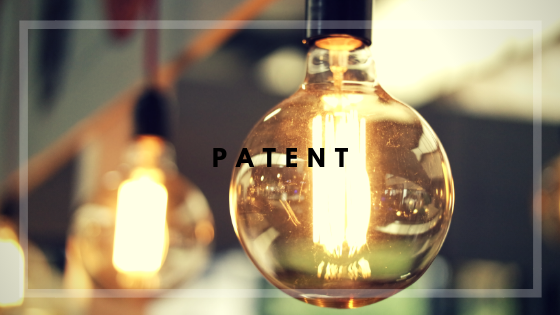
You might have held it's place in a predicament where, in a apparently confident and knowledgeable way, someone would ask: "I'm suggesting, you cannot fail. It's a brilliant idea and it's precisely what the world may be looking forward to." Watch out for the actions that are conceived at work or across the barbeque or dining room table while having a fun time with friends. In this relaxed atmosphere the chance of dreaming up fantastic ideas is high, the industry positive thing, but beware of being overly enthusiastic through the heat of the moment. In the event you still believe that you have a good option the following day, and you are going to abide by it through, start making notes and sketches at the earliest opportunity while your idea is fresh in your memory, please remember to include the date to your notes. Then, within the next few days, go through your notes and get yourself, is it a real good idea; would people really buy this; do individuals fact want it? Use a mindmapping program on your desktop and start documenting your thinking in a loosely structured way, laying the building blocks for additional research.
At this time, doubt may enter your brain. When this happens, take a rest. Set a stern reminder on your cell phone to analyze your idea two or three days later, then attempt to be done with it while doing other items. When you confront your idea again a couple of days later, are you still as thinking about it as before? If that's the case, the time has come for some serious, work; or even, then its probably safer to shelve the thought. There's no reason for continuing with something if your heart is not within it.
In the event you make your idea public? It is a 'catch-22' technical point worth looking at. Similarly, should you broadcast your idea, then someone may steal it before you have a chance to patent it; alternatively, if you don't publish information about your invention, you then run the risk of losing your chance to be the first to patent it. You should know which rule is followed within your country, "first-to-file" or "first-to-invent", and what these rules entail.
In the event that you have reached where you are prepared to file for a patent application. Before doing so, it is necessary to do a novelty search to find out whether your idea is actually unique. Put simply, does prior art already are available for your idea?. A seasoned inventor may prefer to do his very own novelty search, and also for the novice, the time has come to visit a patent attorney. Whichever way you do it, this is a crucial step. But there's another essential step that you might want to consider before filing a patent application, and that is to evaluate and prove your concept. The main advantage of achieving this before you decide to file the applying, is that it will save you a lot of cash. If you choose to go ahead and file your patent application without proving your concept, it is nevertheless smart to do so prior to starting trying to find a manufacturer for your patented invention.
There exists a method to evaluate your concept without overtaxing your resources, known as "modeling and simulation". This entails creating a realistic computer model of your concept and running several simulations so that you can test out your idea. Some of the benefits of this process are:
You don't need to construct an expensive physical prototype.
A chance to evaluate the concept within great deal of 'what if' scenarios, much more rapidly and less expensive than would be the case with real-life testing.
Simulations of the invention will probably highlight shortcomings or features not previously considered.
The results of simulations facilitate the drafting of realistic specifications.
Having the capacity to deliver proof concept and specifications to your invention would probably enhance your odds of securing funds or locating a manufacturer. If the concept of modelling and simulation is foreign for you, you might be considering using the services of the modelling and simulation consultant. Including this task along the way would significantly reduce any uncertainty that you simply or other people might have about your invention.